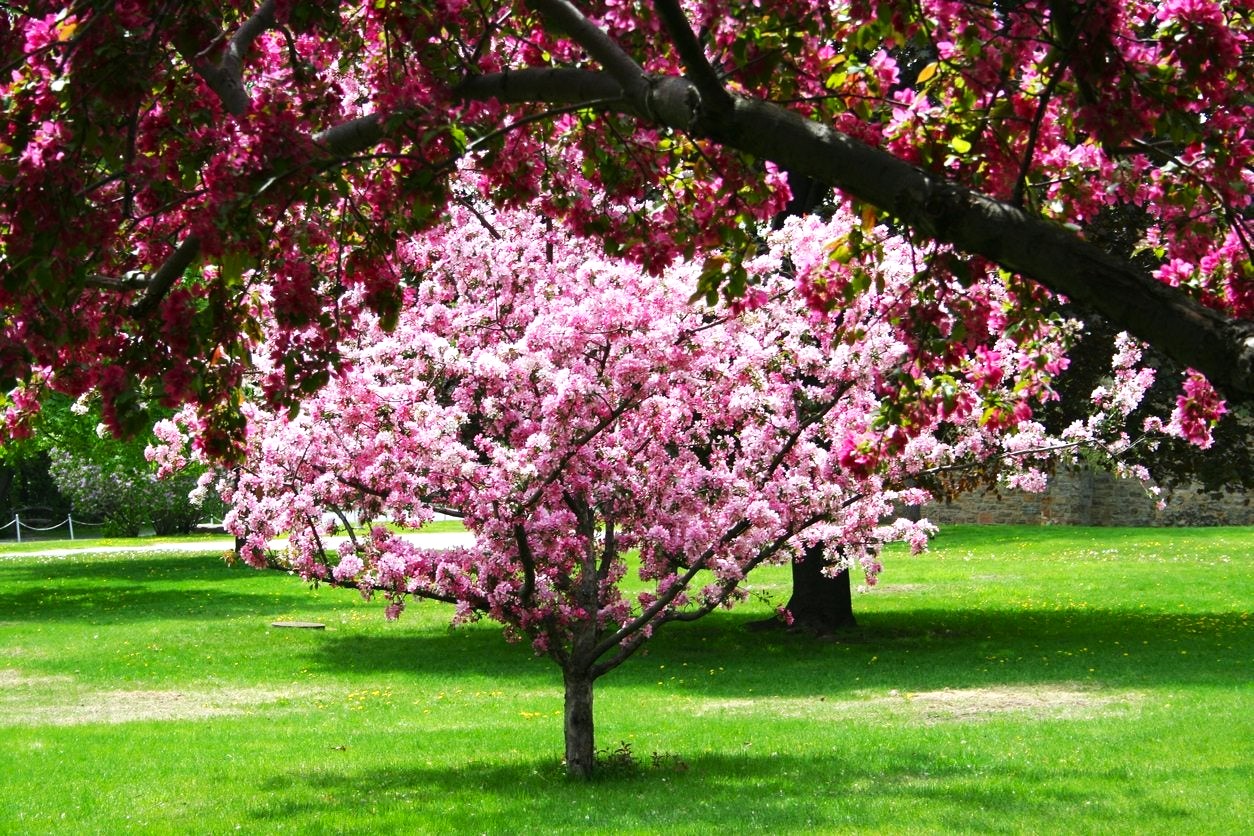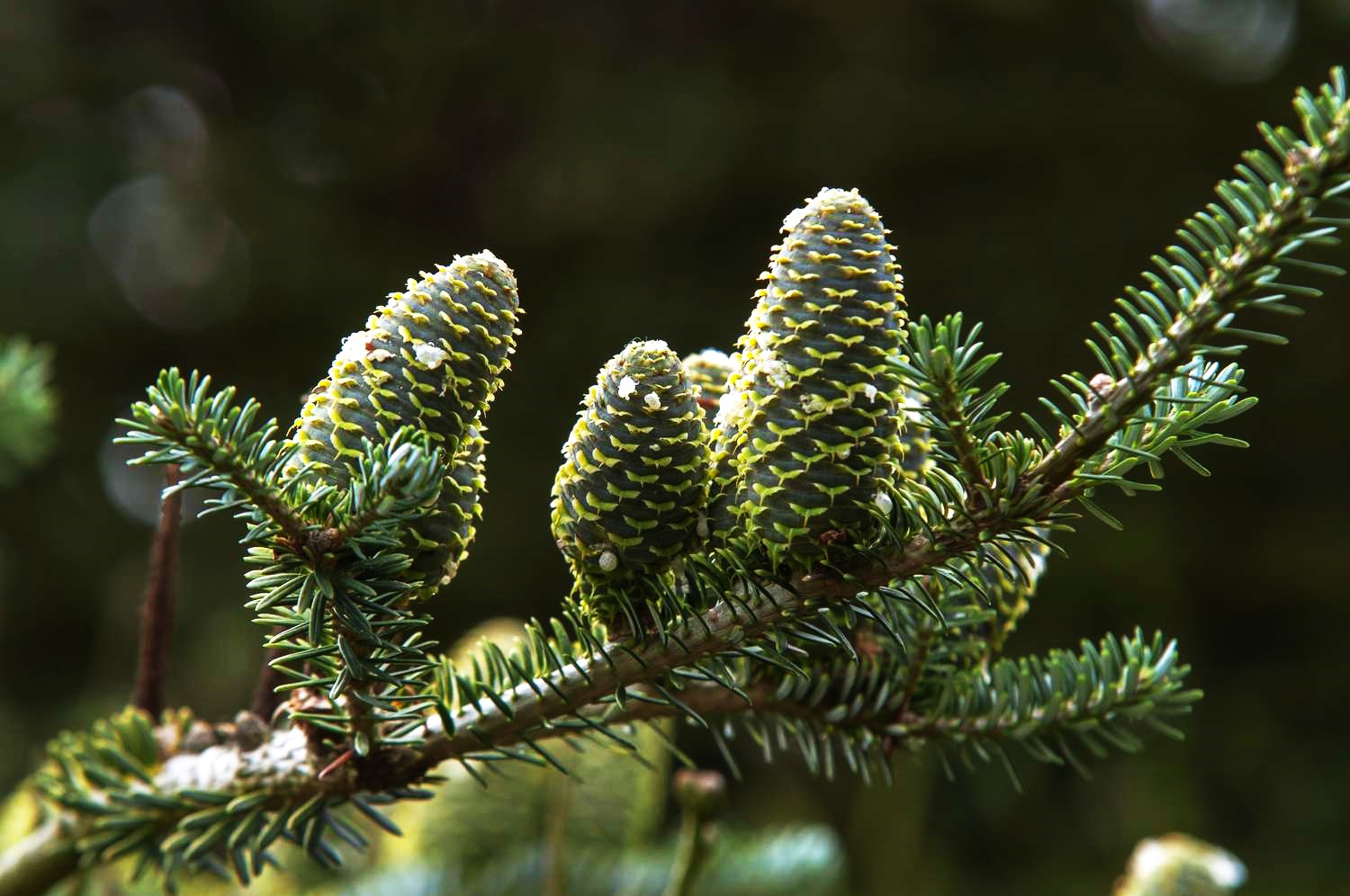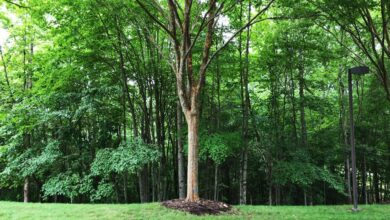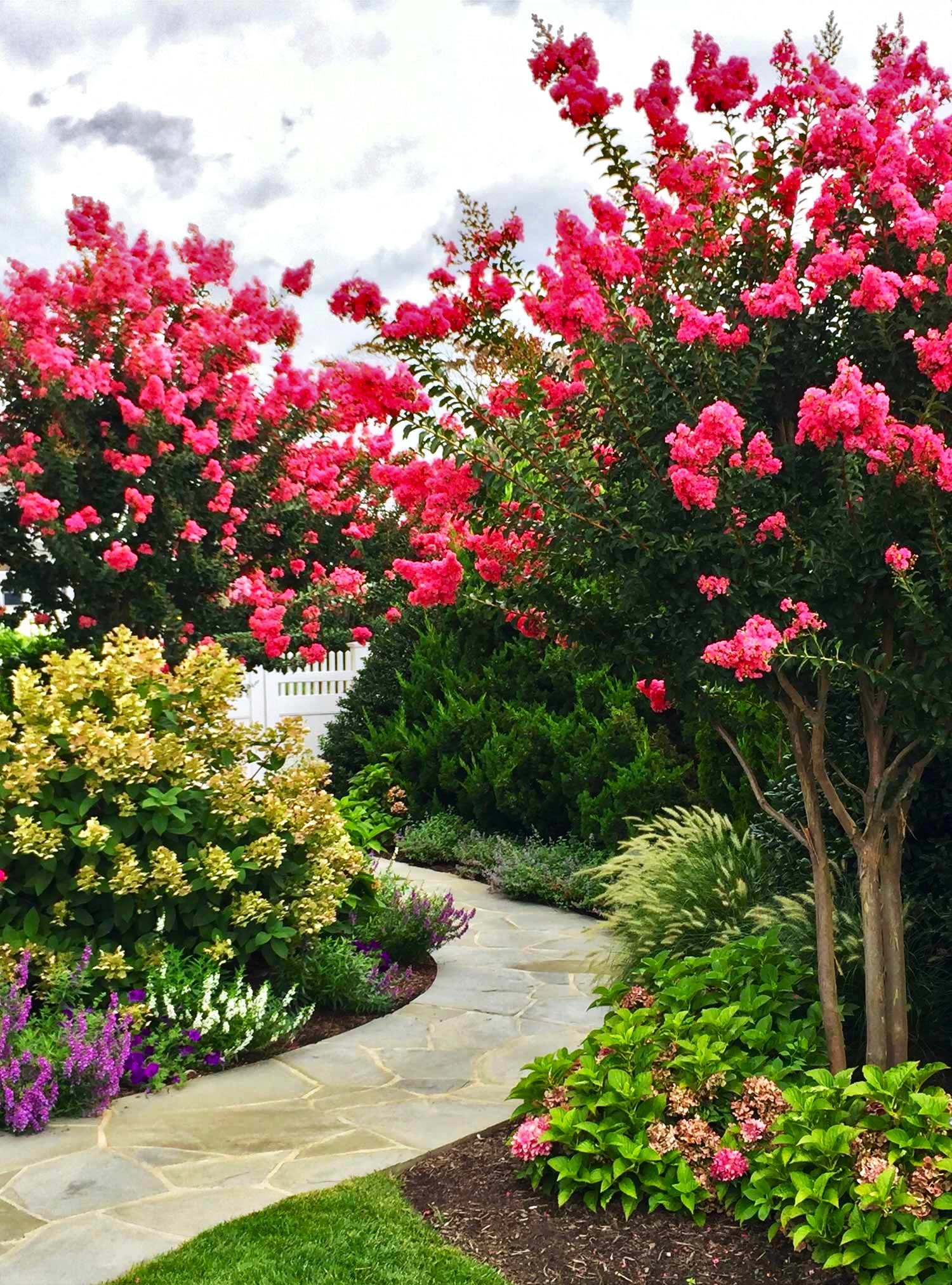Camzam Apple: Learn About Camelot Crabapple Trees

You can grow one of the many dwarf fruit trees, like the Camelot crabapple tree, Malus ‘Camzam,’ even if you don’t have a large garden. This is a deciduous crabapple tree that produces delicious preserves and fruit that draws birds. Would you like to cultivate a Camelot crabapple? Continue reading to learn about caring for and growing a Camelot crabapple.
Apple Information about Camzam
Camelot crabapple trees are a dwarf cultivar with a rounded habit and thick, leathery, dark green leaves that have a hint of burgundy hue. The tree has red flower buds in the spring that open to fragrant white flowers with a hint of fuchsia. A ½-inch (1 cm) burgundy-colored fruit that ripens in late summer follows the blossoms. Fruit that is left on trees can withstand the winter and feed a variety of birds. When cultivating a Camelot crabapple, the tree should mature to a height of about 10 feet (3 meters) by 8 feet (2 meters) wide. You can grow this crabapple in USDA zones 4 through 7.
Growing a Camelot Crabapple: A Guide
Though they can adapt to many soil types, camelot crabapples prefer full sun exposure and well-draining acidic loam. Although camzam crabapples are also tolerant of reduced light, be advised that a tree placed in a shaded spot will yield fewer flowers and fruit. For the tree, dig a hole twice as wide and as deep as the root ball. To ensure that the soil line is level with the surrounding soil, loosen the tree’s root ball and carefully lower it into the hole. To eliminate any air pockets, completely fill the hole with soil and water.
Care of Camelot Crabapples
The resistance to pests and diseases exhibited by Camelot crabapples is a truly remarkable quality. Once established, this cultivar is also resistant to drought. This implies that growing a Camelot crabapple requires very little upkeep. Fertilization is not necessary for newly planted trees until the following spring. They do require regular deep watering, at least twice a week. Additionally, to help the roots retain moisture, cover them with a few inches (8 cm) of mulch. Make sure the mulch stays away from the tree’s trunk. Reapply a few inches (5 cm) of mulch every spring to ensure the tree receives nutrients all year long. Once established, the tree doesn’t need to be pruned too much. After the tree has flowered but before summer, prune it as necessary to get rid of any ground sprouts and any diseased, broken, or dead limbs.





